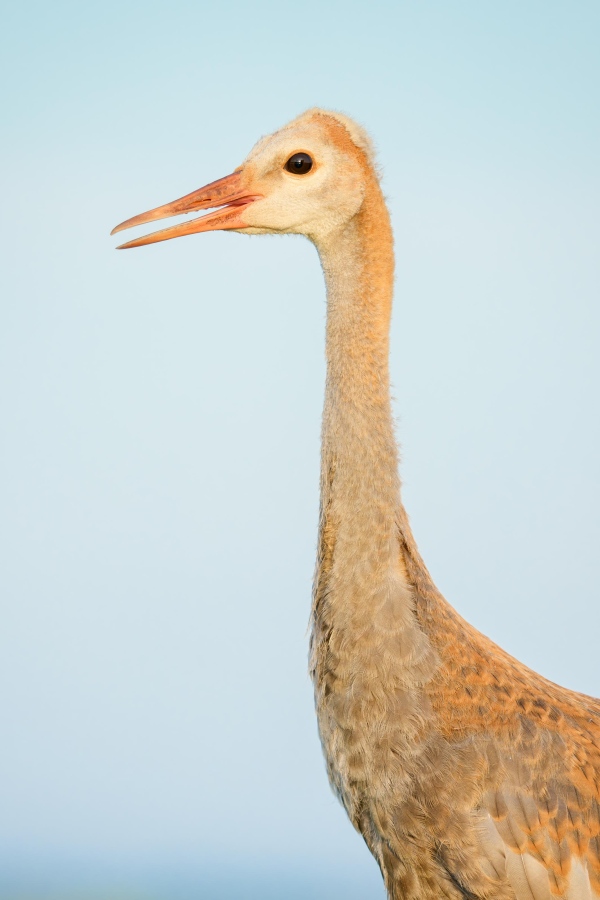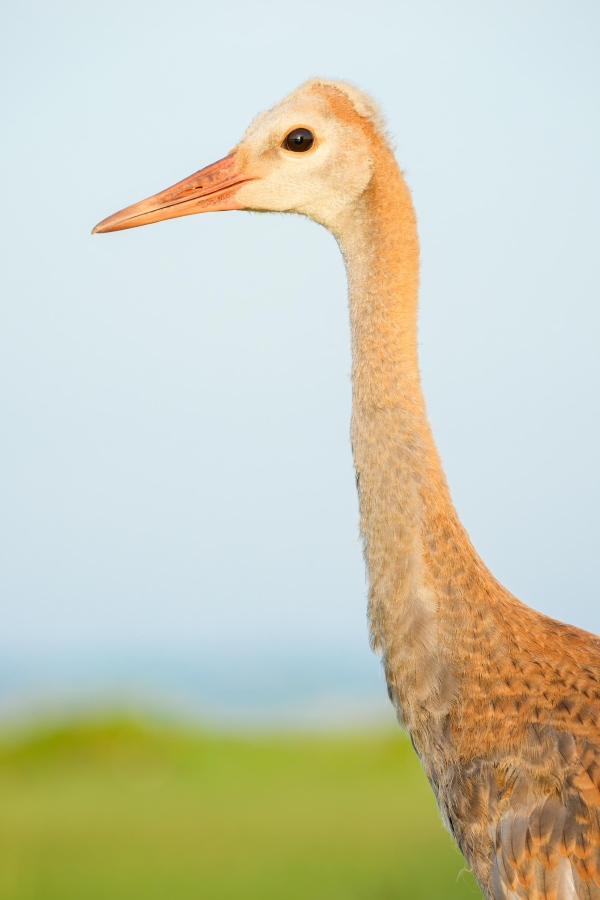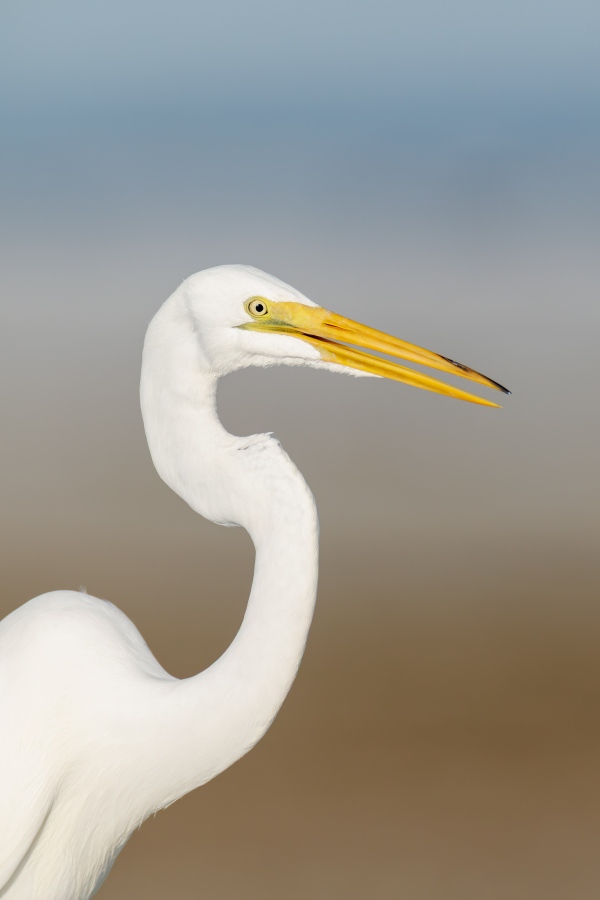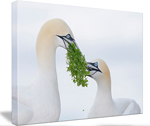Sony FE 50-150mm f/2 GM Lens (Sony E) in Stock Tomorrow at Bedfords
Order your copy of this super-fast zoom lens right now from Bedfords by clicking here and be sure to add the BIRDSASART discount code at checkout to get 3% back on your credit card and free second day air FedEx shipping. It will show as a back order but Steve assured me that you will get yours this week.
High-Speed Portrait Zoom
Uniquely fast and versatile, the Sony FE 50-150mm f/2 GM Lens (Sony E) is a normal- to short-telephoto zoom distinguished by its impressively bright f/2 constant maximum aperture. Ideal for portraiture, weddings, events, and indoor and close-range sports, this lens is also a good choice for photographers and videographers looking to replace a handful of primes with a single fast zoom without sacrificing on speed.
G Master Performance
Sony’s G Master designation is reserved for its highest performing optics, those that offer the greatest sharpness, smoothest bokeh, utmost speed, and best overall performance. This 50-150mm f/2 checks all of these boxes as it sets out to be a single lens replacement for several primes.
Constant f/2 maximum aperture is a full stop faster than an f/2.8 lens, helping this zoom to further excel in low-light conditions and offering even greater control over depth of field and subject-background separation.
XA, Super ED, aspherical, and ED elements yield high sharpness and smooth rendering that suits subjects ranging from architecture and landscape to portraiture and weddings.
Internal focusing design promotes quicker focusing speeds and maintains the lens length during use.
Internal zoom maintains the overall length of the lens during operation, as well as keeps a consistent center of gravity for easier use on a gimbal or tripod.
Crane Colt Picking Your Keepers by Arthur Morris/BIRDS AS ART
A handsome Sandhill Crane colt posed for almost two minutes while I created about 180 very similar photos. In this very short video check out six of my favorite keepers and learn why I deleted three and why I kept three To learn how to add or subtract color to your backgrounds by changing your elevation, keep reading below.
Your Call?
Which is the stronger of today’s two featured images? Why did you make your choice?
|
|
|
This image was created on 20 May 2025 down by the lake near my home at Indian Lake Estates, FL. Standing at full height, I used the hand held Sony FE 400-800mm f/6.3-8 G OSS lens (Sony E) (at 400mm) and The Latest Greatest Sony Flagship Body, the a1 II Mirrorless Camera. The exposure was determined by Zebras with ISO on the rear wheel: ISO 2500: 1/800 second at f/8 (wide open) in Manual mode. RawDigger showed that the exposure was perfect. AWB at 7:18:32am on a then windless, hazy, sunny morning. Wide AF/C with Bird-Eye/Face Detection performed perfectly. Click on the image to enjoy an inexplicably sharper high-res version. Image #1: Sandhill Crane colt about 8 weeks old with bill open; all sky background |
Sky Background
I made my way down the gentle slope that abuts the South Canal. The curious colt — the surviving sibling from the Middle Pair, — walked right up to me and posed. I stayed low to get the sky background. Notice in EXIF for each image in the YouTube video that after the first two frames that I kept I stopped down one full stop from f/8 to f/11. Why? Because I was quite close to the bird and wanted a bit of extra depth of field.
|
|
|
This image was created on 20 May 2025 down by the lake near my home at Indian Lake Estates, FL. Standing at full height, I used the hand held Sony FE 400-800mm f/6.3-8 G OSS lens (Sony E) (at 400mm) and The Latest Greatest Sony Flagship Body, the a1 II Mirrorless Camera. The exposure was determined by Zebras with ISO on the rear wheel: ISO 2500: 1/800 second at f/11 (stopped down one stop) in Manual mode. RawDigger showed that the exposure was dead solid perfect. AWB at 7:19:06am on a then windless, hazy, sunny morning. Wide AF/C with Bird-Eye/Face Detection performed perfectly. Click on the image to enjoy an inexplicably sharper high-res version. Image #2: Sandhill Crane colt about 8 weeks old; marsh added to lower background |
Add Green Whenever Possible
To add some of the distant green marsh to the bottom of the frame, I simply took one small step up the slope. I changed the elevation to change the background, in this case, by adding green. In short, I got higher to add color below.
Depth of Field Question
Considering the fact that I was working at f/11, why is the marsh so pleasingly smooth and defocused?
|
|
|
This image was created on 15 May 2025 by Mishael Voison during an In-the-Field session at Fort DeSoto Park, Tierra Verde, FL. Standing at full height, he used the hand held Canon RF 400mm f/2.8 L IS USM Lens with the Canon Extender RF 2x and the Canon EOS R5 Mark II Mirrorless Camera. ISO 1000; 1/4000 second at f/6.3 (stopped down 1/3 stop) in Manual mode. RawDigger showed that the exposure was perfect. AWB at 7:53:31am on a variably sunny morning. Whole Area AF with Animal Detection. Image #3: Great Egret bird of the year |
The Answer to the Important Question for Misha and for You
In the previous blog post, I wrote:
Misha was standing at full hight when he created this image. What should he have done to gotten more of the beautiful blue water in the frame?
Only a single reader, newcomer Alessio V. Pelella, took a stab at the question but was initially off target with his reply. With Image #2, above, I wrote, I changed the elevation to change the background, in this case, by adding green. In short, I got higher to add color below. With Misha’s image, the converse applied. To add more blue, he need to change elevation to change the background; but since the color he was after was above the bird, he needed to get lower to add the blue color above.
So, all that Misha needed to do was to get a bit lower by crouching. Though this seems like a very simple principle, many beginning and intermediate photographers struggle to understand and apply it. On a related note, the image would have been stronger if he had placed the subject higher in the frame thus eliminating some of the negative space above the subject.
As a general rule, getting lower will move the background farther from the subject thus rendering it more defocused and more pleasing. That principle, however, was not relevant to any of today’s featured images.
Typos
With all blog posts, feel free to e-mail or to leave a comment regarding any typos or errors.

















Dear Arthur,
Does Bedfords offer discount for Sony FE 100-400?
By the way, event though I select the option to be notified when someone responds to my comment(s) I never get a the notification. Only way I see a response is by opening the blog. Then I have to try to find the day I commented to see if there’s been any response. Actually it’s quite frustrating.
Re “Constant f/2 maximum aperture is a full stop faster than an f/2.8 lens, helping this zoom to further excel in low-light conditions and offering even greater control over depth of field and subject-background separation.”
I realize this is old post but I’ve just recently discovered and tried to subscribe to blog. Not sure it was successful. Anyway I opted to go with 24105G F/4 lens because when I purchased A7R V I already had 70-400mm G2 so also pyrchased LA-EA5. In my admittedly feable mind and because 55200 hadn’t yet been released (Oct 2024), I thought it would be better match with the 70-400mm and I’ve read somewhere that introducing more light can sometimes cause more problems wth noise. Any thoughts appreciated. Arthur, do you think it would be advantageous to sell my 70-400 and LA-EA5 and buy the 55150 even though I’d be lacking a critical area between 150mm to 400mm?
I do not know of the older lenses. I thought that you were buying a Sony 100-400 lens.
a
Yes I am looking to buy the sony 100-400. It will replace the 70-400mm G2 A-mount. I already have the FE 24-105mm and now I have the FE 400-800mm. I’m considering the FE 100-400 ro bridge the gap between the Fe 24-105mm and FE 400-800mm. When you responded to me by email you said “I am not a fan of the FE 100-400”. So what lens would yo suggest to bridge the gap?
I prefer #1 because I find the green/brownish bump on the left side of the greenery in #2 to be distracting.
While I love the open bill of #1, I prefer #2 with its strip of land which anchors the frame for me.
Thanks Pugs!
a
ps: Clemens says that DeSoto was great yesterday afternoon.
Hi Artie,
thanks for the new post, very effective information shared.
I definitely prefer picture #2, especially because the included green marsh background. I also notice very minor better subject face angle and sharpness. Also, personally I prefer the bill closed. To clarify that #1 is already great.
Regarding the Depth Of Field (DOF) question: considering that you were quite close to the subject and that the square of distance and focal length play the major role for this DOF case, then a f/11 (linear correlation with DOF) is very good for having all the subject sharp and a great bokeh.
Very minor correction for #2 description: it has been written about stopping down but it has been reported as f/8.
For #3: how many feet was Misha far from the great egret? Did he use a stealth approach and/or the bird was not suspicious?
Best,
Alessio
Thank you Alessio for appreciating the lesson :-). I fixed my typo in #2. Thanks for catching that.
You missed this question: “Considering the fact that I was working at f/11, why is the marsh so pleasingly smooth and defocused?”
Most of the birds are Fort DeSoto are silly tame; you just walk right up to them. I know that that is not the case in Europe 🙂
with love, artie
Regarding the question: indeed with bokeh I was meaning that as described only the subject was in focus due to quite low DOF; the background should have been very far from the end of the focus area behind the focal plane.
Best,
Alessio